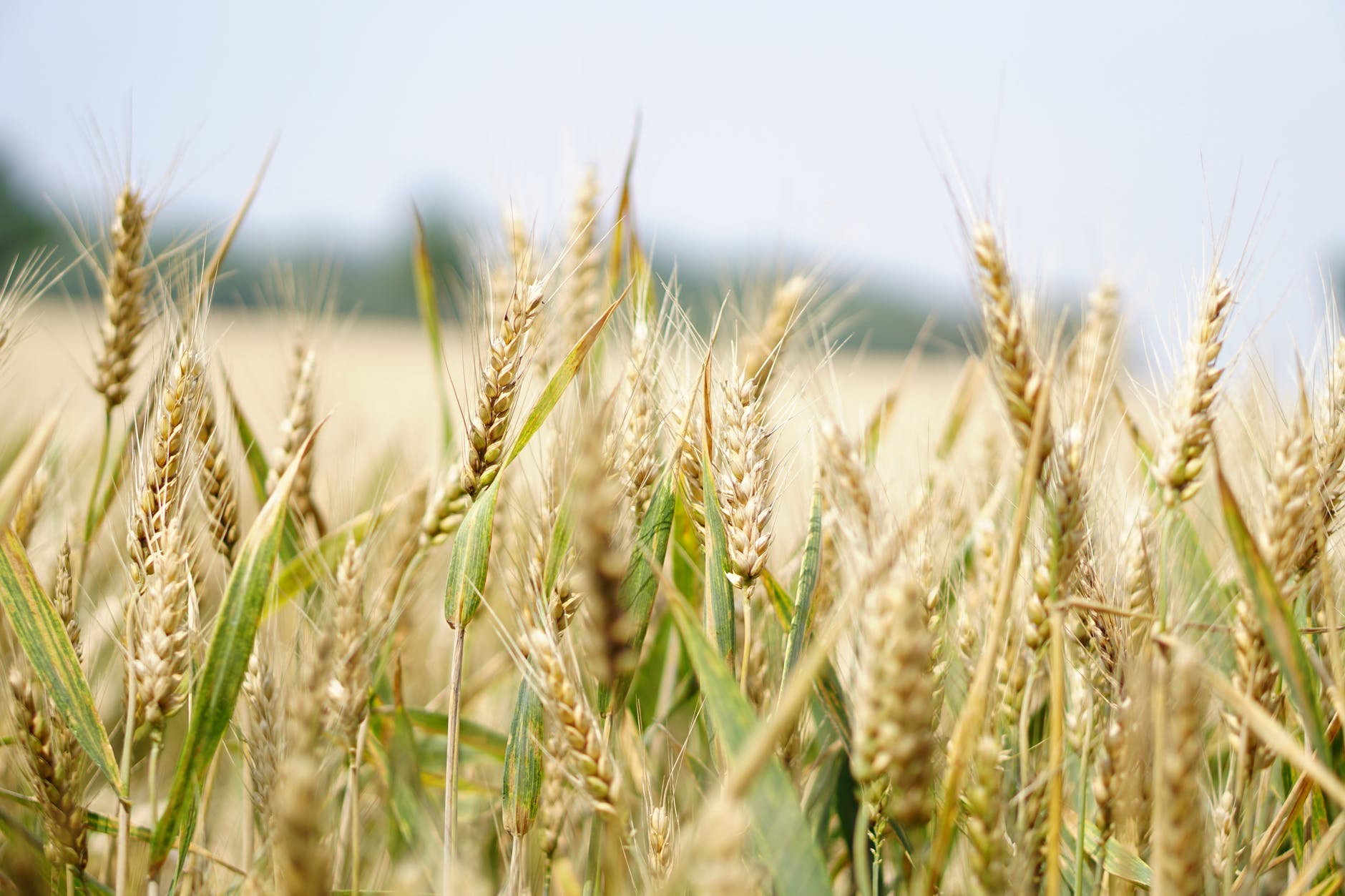
How Crop Genetics Will Shape the Future of Agriculture
We are reader-supported. When you buy through links on our site, we may earn affiliate commission.
People who study human genetics can explain why some pregnancies result in triplets or what determines someone’s hair color. Crop genetics deals with similar queries, except that field of study is specifically for plants. Experts in crop genetics study how to increase yields, make crops more resilient to adverse weather and more. Here’s a look at why crop genetics seems poised to impact agriculture significantly.
It Will Help Maximize Crop Potential
Sorghum, a crop commonly found in cereal, also shows promise as a biofuel. But, scientists still have a lot to learn about its genome and the function of sorghum’s tens of thousands of genes. Scientists at the University of Nebraska-Lincoln are working with teams of scientists at several other universities to use machine learning to spot patterns that suggest a certain sorghum gene plays an above-average role in a characteristic of the crop. Once the system identifies the most promising sorghum genes, the scientists will edit them to assess for traits like water efficiency and stress response. The scientists hope that learning more about sorghum’s genetic makeup will allow figuring out which varieties grow best in particular areas. Then, the overall yields could go up, helping people feel free to carry out more experimentation concerning sorghum as a biofuel or used for other innovative purposes.
It Will Allow Tailor-Made Animal Feed
Matthew Wadiack is the founder of a regenerative agriculture company called Cooks Venture. He points out that 97% of agriculture is crops, most of which get put into animal feed. On an 800-acre Cooks Venture farm, regenerative practices are underway. Their goal is to determine things like which plants would have a protective effect on the soil or sequester carbon. Regenerative agriculture is a method of planting crops to minimize the impact on the land.
Experts believe that the total direct and indirect economic benefits of regenerative agriculture could be worth more than $346 billion. It could also play a key role in mitigating the effects of climate change or even reversing some of them. But the main goal of the Cooks Venture farm is to grow feed for its chickens. Those animals got selected from many lines of Heritage chickens, and the result is that the birds are more resistant to hot temperatures.
They were also chosen due to having superior digestive health. The chicken’s feed, then, features more protein and fiber than what birds on other farms get. According to Wadiack, the chickens taste better and are healthier. One of the Cooks Venture goals is to get other farmers interested in raising the chickens, helping to make their genetic line more prominent.
It Will Produce More Desirable Strawberries
Today’s consumers want strawberries that are juicy, plump and delicious. However, suppliers also want the fruits to be hardy enough to ship without getting crushed in transit. Growers prefer berries that resist diseases and give reliably high yields. It isn’t easy to figure out how to mass-produce strawberries that check all those boxes.
However, a recent achievement from an international team led by scientists at the University of Michigan and the University of California, Davis could make it a bit more straightforward. The researchers sequenced and analyzed the cultivated strawberry’s genome, and having it will enable a more precise selection of various traits. The crop genetics community also knows that some diseases affecting strawberries involve several genes, like complicated human ailments do. Having the newly acquired information about the genome may give scientists insights into why those diseases happen and how to prevent them.
It Will Aid Scientists in Learning About Plant Traits More Efficiently

Research from McKinsey & Company concluded that the agriculture sector had a 60% automation potential. However, some of the automation that helps farmers may occur in genetics labs first. Researchers at the Salk Institute came up with an even faster phenotyping method that requires using a 3D laser scanner. They then fed that data into machine learning algorithms trained to recognize different aspects of plants. The machine learning tool has a 97.8% accuracy rate in identifying stems and leaves, plus it can count the number of leaves and gauge their sizes.
Exciting Crop Genetics Developments
These examples only scratch the surface of why crop genetics is crucial to the agriculture industry’s future success. You can expect these advancements to act as springboards for other new realizations that could benefit farmers and consumers.
Share on
Like what you read? Join other Environment.co readers!
Get the latest updates on our planet by subscribing to the Environment.co newsletter!
About the author

Jane Marsh
Starting from an early age, Jane Marsh loved all animals and became a budding environmentalist. Now, Jane works as the Editor-in-Chief of Environment.co where she covers topics related to climate policy, renewable energy, the food industry, and more.





